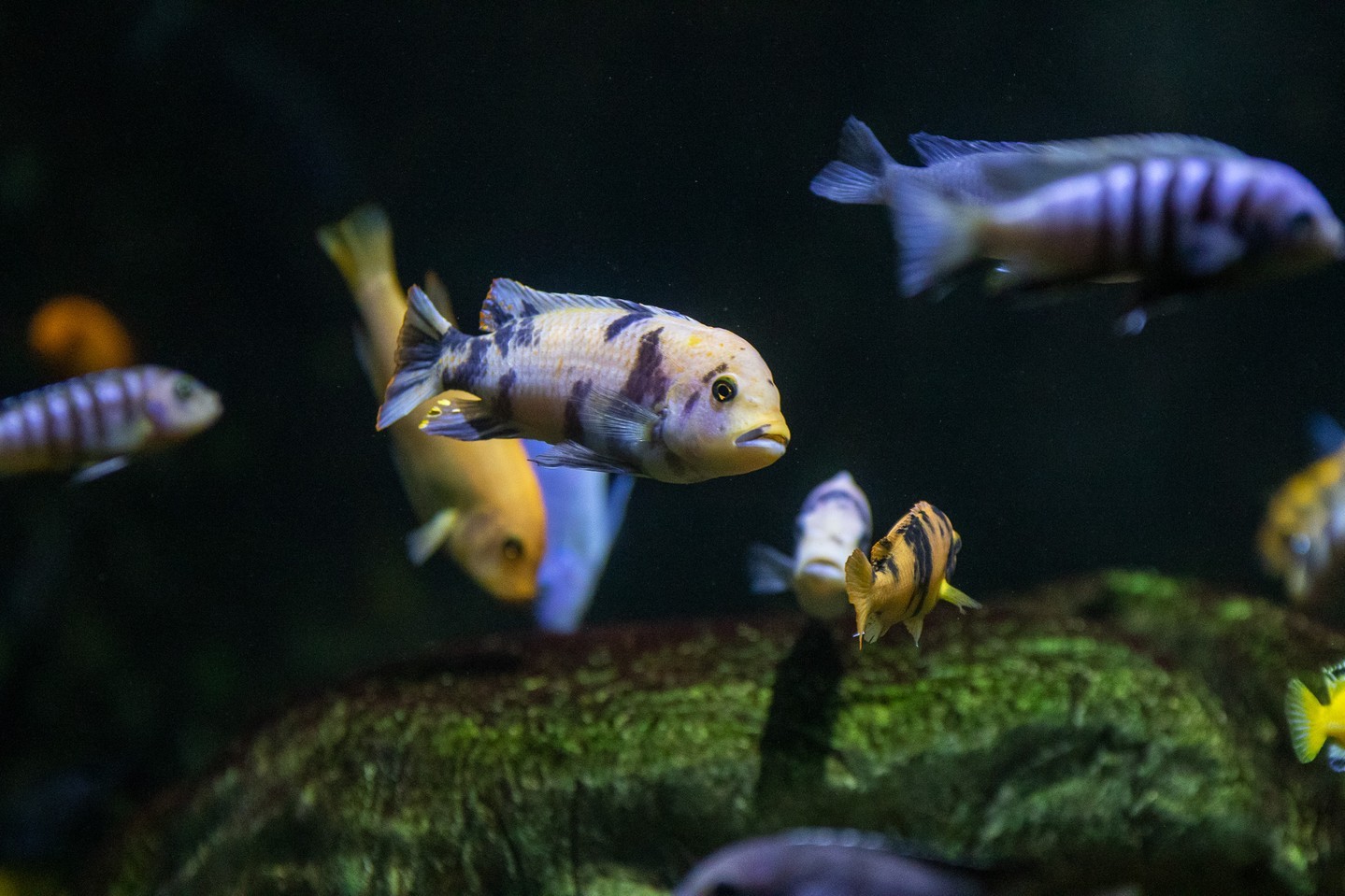Summary:
– Cichlids are a diverse family of fish with over 2500 species.
– The cichlids in Lake Victoria have undergone a remarkable process of speciation.
– These fish have adapted to different ecological niches in the lake.
– The speciation process in Lake Victoria occurred within a relatively short period. Cichlids in Lake Victoria challenge traditional notions of evolutionary timelines.
One of the most fascinating exhibits in our zoo is home to a wide variety of fish, which belong to one of the most diverse families of vertebrates and have captured the attention of researchers and visitors alike. As we dive into the world of cichlids, we’ll uncover the unique and awe-inspiring aspects that make these fish truly special.
To fully appreciate the exceptional nature of cichlids, let us first explore their incredible diversity. With over 2500 species, cichlids display an astonishing array of shapes, colors, and behaviors. From the serene depths of Lake Tanganyika to the vibrant waters of the Amazon basin, cichlids have adapted to various habitats worldwide. However, those residing in Lake Victoria in Africa steal the spotlight when it comes to cichlid speciation.
Imagine starting with a single lineage of cichlids and witnessing it branch out into a mind-boggling 500 different species. Not only do these coexist in the same lake, but each one pies a distinct ecological niche. From algae grazers to specialized predators, these cichlids have skillfully partitioned the available resources to avoid competition and maximize their chances of survival.
What truly sets Lake Victoria’s cichlids apart is the remarkable speed at which this speciation process has occurred. While many might associate evolution with gradual changes over millions of years, these cichlids challenge such notions. In a relatively short 10-15,000 years, these fish have developed adaptations that allow them to thrive in their respective niches.
Comparatively, let’s look at an iconic example of Darwin’s finches. These 14 species of finches found on the Galápagos Islands were considered evidence of evolution in action. Yet, it was believed that these finches took millions of years to evolve into separate species. Lake Victoria’s cichlids, on the other hand, have achieved a level of speciation that surpasses even Darwin’s finches in a fraction of the time.
So, how did this rapid speciation occur in Lake Victoria? There are several factors at play. Firstly, the lake provided a diverse envi, including sandy shallows, rocky shores, and deeper regions. This variety allowed cichlids to exploit different habitats and food sources. Changes in lake levels and the introduction of newly available niches also played a role in these fish.
In addition to the physical factors, the genetic makeup of cichlid populations likely played a crucial role in their ability to speciate rapidly. Genetic variants that enhance survival in specific niches would experience positive selection, leading to the emergence of new species. Furthermore, interspecies hybridization, where different cichlid species interbreed, can also contribute to creating new lineages.
Understanding the dynamics of speciation dynamicsoria’s cichlids offers valuable insights into the driving forces behind biodiversity. It challenges our traditional perception that evolution occurs slowly and highlights life’s remarkable adaptability to its surroundings. These fish have not only captivated scientists but served the incredible potential for diversification within a relatively short timeframe.
As visitors to our zoo marvel at the vibrant colors and intricate behaviors of these cichlids, we hope they gain a newfound appreciation for the wonders of nature. The story of Lake Victoria’s cichlids reminds us that the natural world is filled with surprises, displaying feats of adaptation and diversification that leave us in awe.
So, next time you find yourself strolling past our exhibit housing the extraordinary cichlids of Lake Victoria, take a moment to reflect on the incredible journey these fish have undergone. From a single lineage to hundreds of species, within a blink of an eye in geological terms, they have defied our expectations and expanded the boundaries of what we thought was possible.
*****
Source Description
One of our most intriguing exhibits houses cichlids. What makes these fish special? In a word, speciation. While cichlids are the most diverse family of vertebrates in the world with over 25,00 members, those living in Lake Victoria in Africa are certainly the most interesting.
Starting as a single lineage, they have diversified into 500 species of ecological niches. Even more impressive, the process has occurred over 10-15,000 years. Darwin’s finches represented 14 species believed to have taken millions of years to evolve.


